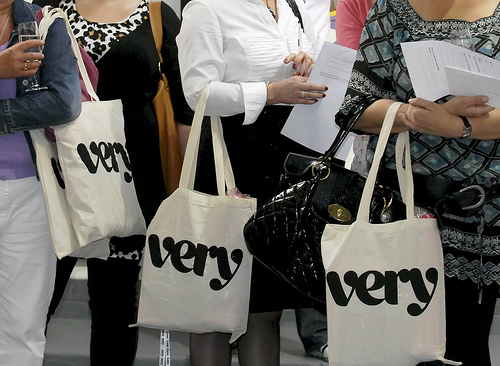
 Fendi will be playing quite a role in the event this year, introducing the F Factory, a limited-edition retail project in the Miami Design District’s Moore Building (home to Zaha Hadid’s “Elastica” permanent exhibition), starting November 30 2009 and running until Christmas.
Fendi will be playing quite a role in the event this year, introducing the F Factory, a limited-edition retail project in the Miami Design District’s Moore Building (home to Zaha Hadid’s “Elastica” permanent exhibition), starting November 30 2009 and running until Christmas.
The shop will feature the brand’s most coveted bags, complete with Fendi’s Roman craftsmen on-site to personalize each one. But in true Basel form, art and culture will infuse the retail. Graffiti artist Andre is creating three needlepoint panels live in three 60-minute “performances” in the space, which will then be stitched into a unique Fendi bag.
You can buy your own Fendi Baguette Needlepoint Stitch Kit, designed by Silvia Venturini Fendi for $995!
Other collaborations include Moritz Waldemeyer’s collaboration with Fendi to create six custom-made Gibson guitars with Silvia Venturini Fendi, which will project lights on the walls when played by American band OK Go.
The Limited Edition Experiences program in the Miami Design District. Launched by Dacra, a real estate company that owns 80% of the 18-block area that constitutes the Miami Design District, Miami’s Limited Edition Experiences program brings together designers like Cynthia Rowley,Duncan Quinn, Christopher Ross, Maison Martin Margiela, and Marni, all of whom engage consumers with a series of initiatives ranging from pop-up stores to limited-edition wares, in-store events, documentary screenings, and more.
Luxury fashion engaging in experiential goods and services… could this be the new Eco Luxury market of the future? I can’t wait to see how these pop up projects proceed!
For more info visit website











